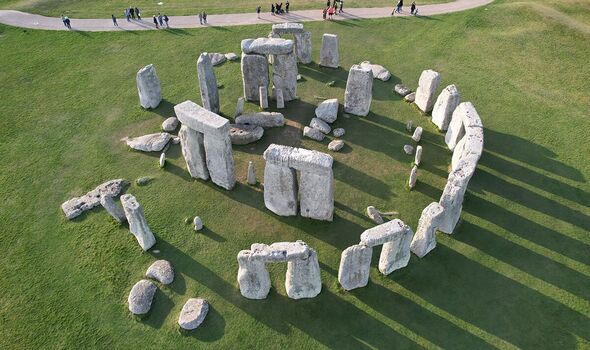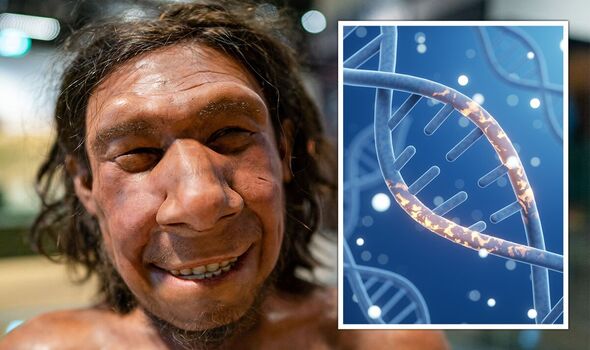
Diligent Kiwi Schmidt instils winning culture in Ireland
March 17, 2014
A Rare Opportunity on Criminal Justice
March 17, 2014Found: Europe’s biggest meat eater?
A new dinosaur species found north of Lisbon, Portugal, may be the largest land predator discovered in Europe, as well as one of the largest carnivorous dinosaurs from the Jurassic, according to a paper published in PLOS ONE by co-authors Christophe Hendrickx and Octavio Mateus from Universidade Nova de Lisboa and Museu da Lourinhã.
Torvosaurus gurneyi had blade-shaped teeth up to 10 cm (about 4 inches) long, which indicates it may have been at the top of the food chain in the Iberian Peninsula roughly 150 million years ago. The scientists estimate that the dinosaur could reach 10 meters long (close to 33 feet) and weigh 4 to 5 tons.
Fossil evidence of closely related dinosaurs suggest that this large predator may have already been covered with proto-feathers. Recently described dinosaur embryos from Portugal are also ascribed to this new species of Torvosaurus. plos.org
Too many deer hurts biodiversity of native plants
Too much garlic mustard in your neighborhood forest? Actually, the problem may be too many deer.
A research team led by University of Pittsburgh evolutionary ecologist Susan Kalisz published a paper in the Proceedings of the National Academy of Sciences that takes a long view on why invasive garlic mustard plants thrive to the detriment of native species.
The study concludes that an overpopulation of deer – density of deer in the United States is about four to 10 times what it was prior to European settlement – is the primary reason garlic mustard is crowding out native plants, such as trillium, which are preferred food for wild deer.
Garlic mustard ( Alliaria petiolata) is a plant native to Europe and Asia and is inedible by deer standards. It was brought to the United States – Long Island, N.Y., specifically – in the 1860s for use as a kitchen herb.
Instead it became a menace, colonizing forest floors in the Eastern United States and Canada and has been found in Washington, Utah, and British Columbia, achieving the dubious distinction of being one of very few nonnative plants to successfully invade forest understories. The persistence of garlic mustard greatly reduces forest biodiversity.
Kalisz and her colleagues have found that in plots where deer were excluded, the trillium population is increasing and the garlic mustard population is trending toward zero.
“This demonstrates that the high population growth rate of the invader is caused by the high abundance of deer,” she said. This effect is reversible with deer exclusion. news.pitt.edu
Hatcheries breed wimpy fish
Washington State University researchers have documented dramatic differences in the swimming ability of domesticated trout and their wilder relatives. The study calls into question the ability of hatcheries to mitigate more than a century of disturbances to wild fish populations.
Kristy Bellinger, who did the study for her work on a Ph.D. in zoology, said traditional hatcheries commonly breed for large fish at the cost of the speed they need to escape predators in the wild.
“The use of hatcheries to support declining wild salmon and steelhead is controversial,” she said. “They have a role as being both a part of the solution in supplementing depleted stocks and as being a hindrance to boosting natural populations, as they often produce fish that look and behave differently from their wild relatives.” wsu.edu



